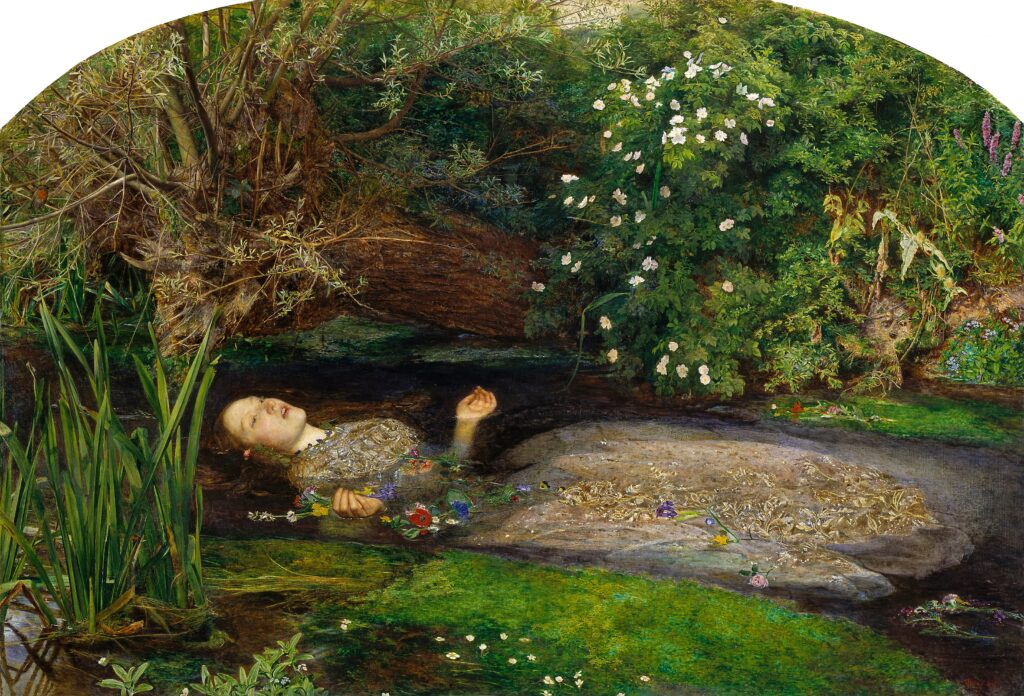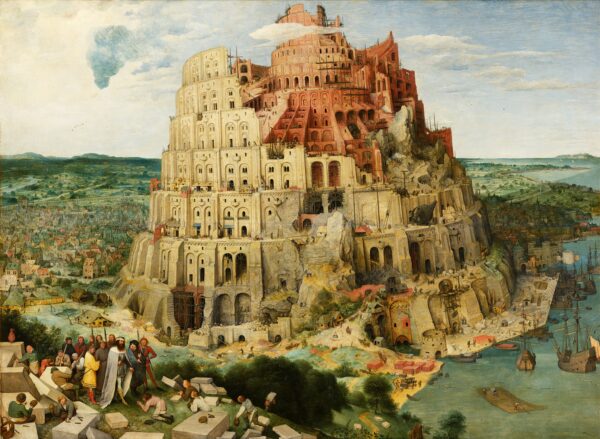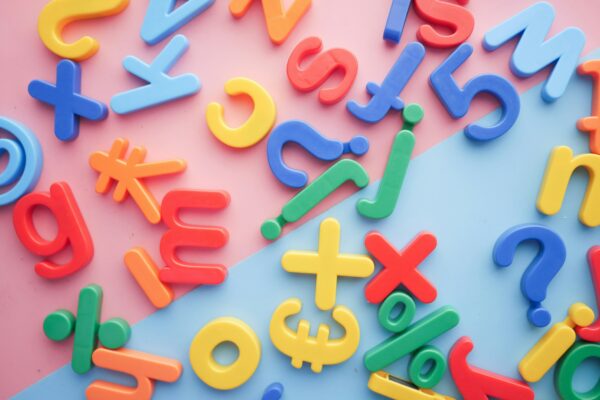My Book is Different Now
I ordered a book from Amazon a few weeks ago. The author self-published the book and used Amazon to print and ship it. Although it came with many spelling and grammatical errors, it was still an interesting experience to read a book written by someone who was able to put their thoughts to paper with little to no interference by publishers and editors. I was able to read this person’s thoughts the way they wanted me to read them. An interesting experience, as I said. I also follow the author on Twitter. A couple weeks after I had finished the book, I read a tweet of his wherein he stated that he was making edits to the book and would release a slightly different version in the following weeks. This means that I received a version of the book that is now outdated. If I want to read the new version of the book, I will have to order a new copy. For some reason, this system doesn’t seem like a very good one.

Publishers of university-level textbooks make small changes each year and publish new versions, to the displeasure of every university student. Is the author of my book simply making a cash grab by releasing slightly altered versions every so often? At $17 per book, and with a very small readership, I highly doubt it. His stated goal for making these edits is in service of correcting mistakes he made with the first version. This is completely understandable, but challenging with physical media. In the digital age, however, it seems like a perfectly natural thing to do. Web designers change websites’ aesthetics and features all the time with, generally, the stated goal to simply fix mistakes or enhance aspects that need work. Digital products and spaces have the very fortunate ability to be changed and for all of their users or viewers to experience the same change. Physical media, on the other hand, does not share this feature. I am stuck with an outdated book, its newest version I will never see. If it were an ebook, I would receive the newest version when it was updated. Additionally, if it were posted to a blog or a website I would be able to use the Wayback Machine to view older versions and see the edits that were made. I don’t mean to deride print media in the least, but it does have its limitations. These limitations are exacerbated when writers’ works are only put into print media, especially when they are self-published.
A Possible Solution
Literally anyone can use Amazon to print a self-published book, then subsequently make edits and release a new version. I would argue that the first part of that statement is a good thing, and the second part is an unfortunate side effect. For digital media, the ability to self-publish is massively important for people to exercise their right to self-expression. The Wayback Machine is a powerful tool, though, that can put the past on display again for better or for worse. However, I do believe it is also important for people to be allowed to show others their change and growth through their digital presence. Regarding the dilemma with my book, I am left rather torn as to what a solution might be. I don’t want to buy the new version of the book, but I also understand that publishing books is how this author makes their living, so forcing them to sell ebooks instead of physical ones isn’t exactly my call to make. I actually prefer physical books, and may not have bought this particular book if it was only released digitally. A potential solution is for the author to release specific alterations on a digital forum to people who can prove that they have already purchased the book, thus protecting the author’s revenue stream while providing a quality service to their customers.
The author that I have discussed in particular has chosen to use Amazon to assist them in making money off of their art. Using an open education lens, I would not especially encourage using Amazon. An author or other artist could instead release their work into the digital world and license it using Creative Commons, as well as releasing it as a physical book with a price tag attached. Many artists have used and still use a pay-what-you-want structure which could be used in tandem with releasing the book freely on a Creative Commons licence. This would provide an artist with a revenue stream as well as addressing the issue of issuing edits to already published works.
This assignment was typed using voice typing on Google Docs.




